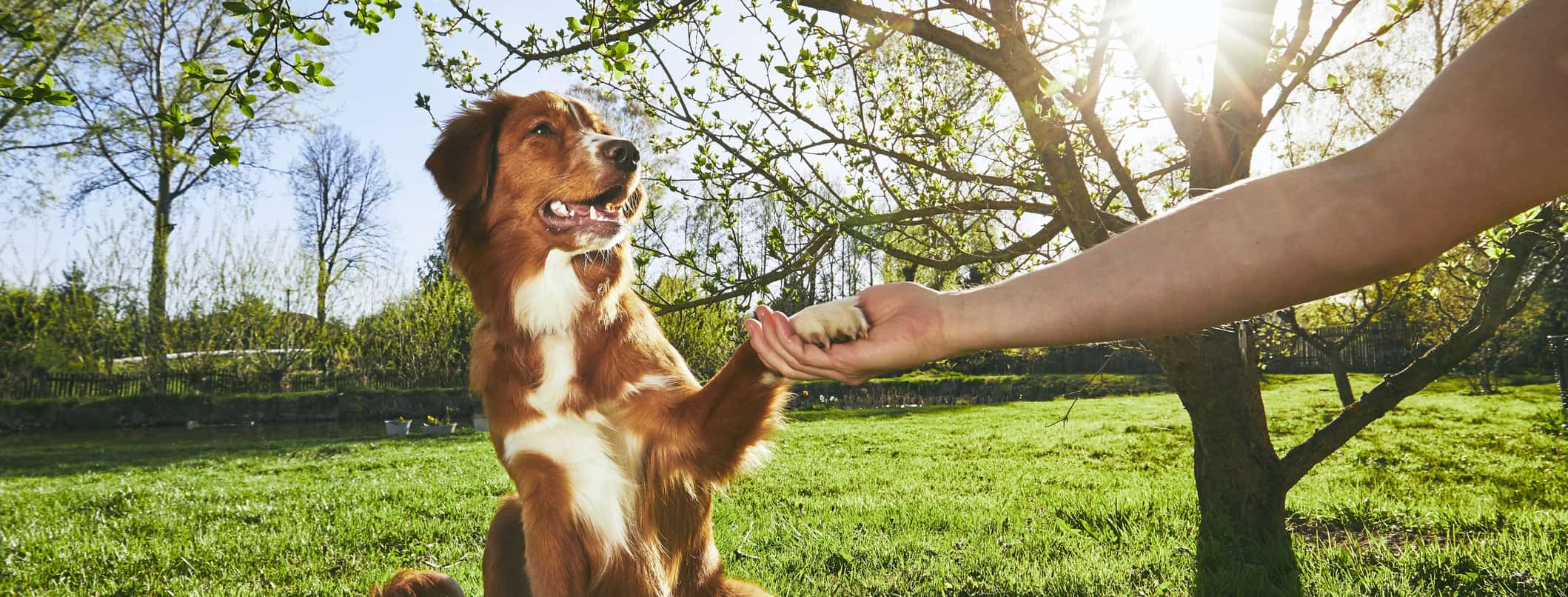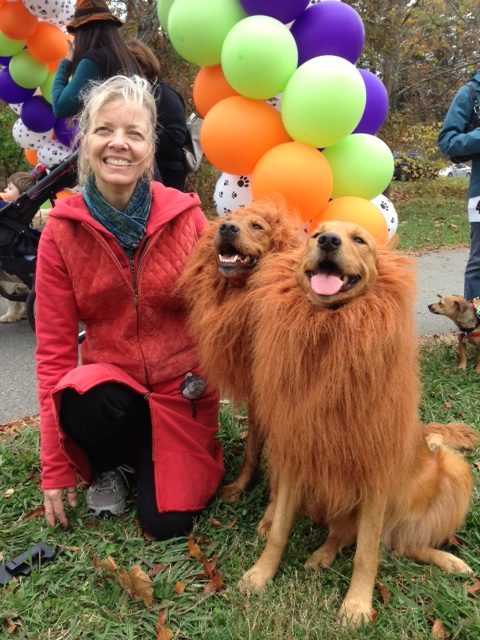Necessary Tips for Successful Dog Training: A Guide for Family Pet Owners
Reliable pet dog training is a multifaceted process that requires a tactical technique tailored to both the pet dog's character and the owner's goals. Secret elements such as establishing regular commands, using favorable reinforcement, and promoting very early socialization play essential roles in fostering a well-adjusted canine companion. However, lots of family pet proprietors come across difficulties that can impede development, causing irritation and unpredictability. Comprehending just how to browse these challenges can significantly improve the training experience, inevitably transforming the connection between proprietor and canine. What are the necessary methods that can be utilized to ensure success in this undertaking?
Recognizing Dog Actions
Understanding canine habits is crucial for efficient training and cultivating an unified relationship between canines and their proprietors. dog training. Dogs communicate mainly with body language, articulations, and activities, making it important for proprietors to analyze these signals properly.

Socializing plays a substantial duty in pet habits; exposure to various environments, people, and various other pets can considerably affect a dog's personality. Elements such as type attributes and individual temperament need to assist training techniques, as some breeds might have specific behavioral attributes that require tailored strategies. By comprehending these elements, proprietors can create an encouraging atmosphere that encourages favorable behavior, bring about successful training results and a much deeper bond with their family pets.
Establishing Consistent Commands
Efficient communication with your pet begins with developing constant commands. This fundamental aspect of training is essential for cultivating understanding between you and your pet dog. Consistency in the commands you utilize ensures that your pet dog can reliably connect details words or phrases with the wanted behaviors.
When choosing commands, pick clear, unique words that are very easy to state and set apart from one another. Stay clear of utilizing similar-sounding commands that might confuse your pet dog. For instance, using "rest" and "stay" is appropriate, yet "sit" and "struck" could cause misconceptions.
In addition, maintain the same tone and quantity for each command. Dogs are delicate to vocal signs, so varying your tone can produce confusion.
It is just as vital to make sure that all family participants get on the same web page pertaining to the commands utilized. A united front in command usage will certainly prevent mixed signals and reinforce the understanding procedure.
Favorable Support Methods
The power of positive support in canine training depends on its capability to motivate desired actions with rewards and appreciation. This strategy is grounded in the principle that habits complied with by beneficial end results are most likely to be duplicated. By integrating favorable reinforcement into your training routine, you can successfully shape your pet's behavior in a positive way.
To implement favorable reinforcement, it's vital to determine what inspires your dog, whether it be treats, toys, or spoken appreciation. When your dog performs a wanted action, such as resting on command, immediately award them with a reward or love. This organization between the command and the favorable outcome enhances their understanding.
It's important to timing the rewards appropriately; delivering the reinforcement within secs of the wanted actions helps your pet dog make the connection (dog training). Furthermore, uniformity is crucial-- make sure that all relative utilize the very same commands and reward systems to prevent complication

Progressively, you can minimize the regularity of treats as your pet dog discovers the behavior, transitioning to commend or periodic benefits. This approach not just cultivates a strong bond in between you and your canine but additionally promotes a favorable knowing atmosphere, making educating a pleasurable experience for both.
Socialization and Communication
Constantly exposing your dog to a variety of atmospheres, people, and other animals is vital for their social growth. Socializing needs to start early, preferably during the important home window of 3 to 14 weeks, when young puppies are most responsive to brand-new experiences. Nonetheless, older canines can likewise profit from recurring socializing initiatives.
Present your pet dog to different settings, such as parks, pet-friendly stores, and city locations. This direct exposure helps them adjust to different stimulations, minimizing anxiousness and anxiety responses. Urge positive communications with other dogs and people, guaranteeing that these More Bonuses encounters are safe and controlled to promote confidence.
Utilize structured playdates with courteous dogs, as this can enhance your pet dog's social abilities and teach them appropriate actions. Obedience courses and training sessions likewise supply exceptional chances for socializing, enabling your pet to interact with others in a supervised environment.
Monitor your canine's body language during communications, as this will certainly assist you evaluate their convenience level. Progressively boost direct exposure to more tough scenarios while making sure that each experience is positive. A well-socialized dog is extra most likely to show well balanced actions, making them a happiness to have in any kind of setup.
Attending To Usual Training Challenges
Every pet proprietor will run into training challenges at some factor, regardless of their pet's age or socializing level. Determining common problems such as stubbornness, distractions, and fearfulness can help in creating reliable methods for enhancement.

Gradually present distractions as the pet comes to be more efficient in commands. Short, regular training sessions are likewise reliable in maintaining interest.
Fearfulness can impede a pet dog's discovering procedure. Steady desensitization to the resource of fear, coupled with favorable support, can help relieve stress and anxiety. Perseverance is crucial; never compel a dog right into a situation that triggers distress, as this might worsen the issue.
Inevitably, understanding and attending to these usual difficulties with a structured method will certainly cultivate an extra effective training experience, enhancing the bond in between dog and owner while advertising effective understanding.
Final Thought
In recap, effective pet dog training depends on an extensive understanding of canine actions, the facility of regular commands, and the application of positive reinforcement methods. Socialization plays an essential duty in creating well-adjusted pets, while attending to typical training challenges calls for patience and flexibility. By implementing these essential methods, pet dog proprietors can promote a strong bond with their pets and promote preferable behaviors, ultimately bring about a harmonious connection in between people and their canine buddies.
Recognizing pet dog behavior is important for effective training and cultivating an unified connection between canines and their owners.Socializing plays a substantial function in pet dog habits; direct exposure to different atmospheres, people, and other pets can significantly affect a pet dog's temperament.The power of favorable support in dog training lies in its capacity to encourage preferred habits via benefits and Read Full Report appreciation. By including positive support into your training routine, you can efficiently form your pet dog's habits in a go now positive fashion.
In recap, effective dog training counts on an extensive understanding of canine actions, the facility of consistent commands, and the application of favorable support strategies.